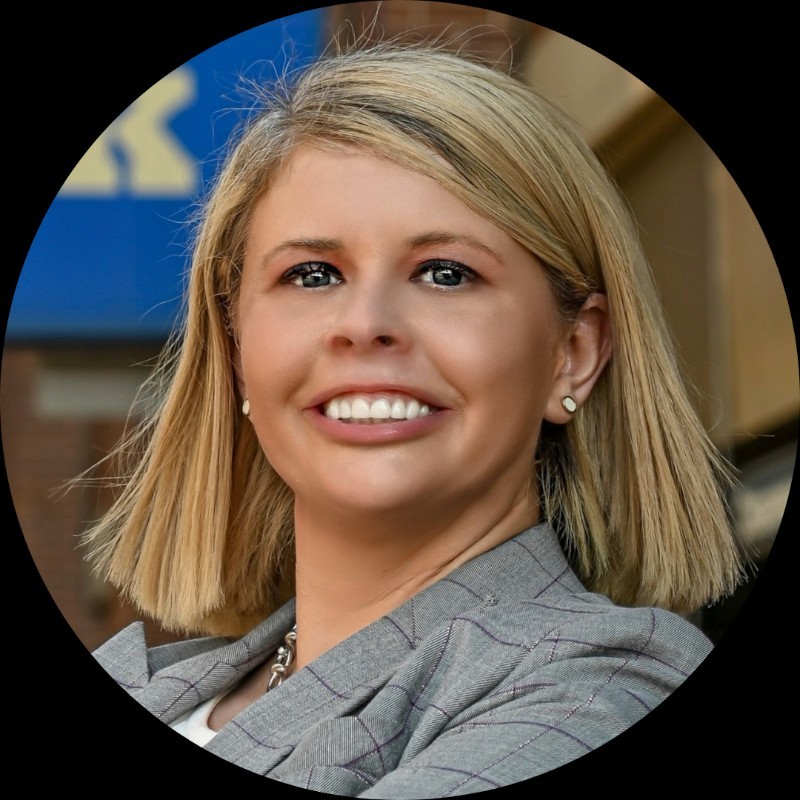Home » October 2023 » Recruiting To Retain
HR Perspective
The Talent Story
stock.adobe.com / elizaliv
The Talent Story
Across most industries, including parking, employers are scrambling to quickly solve a complex retention issue. While successful employee retention is the culmination of a myriad of touchpoints throughout employment, employers incorrectly believe that the retention success formula begins on the first day of the job. The first day of the job doesn’t mark the true beginning of the retention formula; it starts during the recruiting phase. You may think that recruitment and turnover are two completely different things, but they are actually the beginning and end to the same journey. If you take shortcuts through the recruitment process, the result is an unsteady foundation, which is often unable to withstand the test of time for retaining an employee. So, what is a retention-grounded approach to recruiting?
The Candidate and Employee Experience
The first step for building a strong recruiting to retain strategy is to focus on the experience. When I say the “experience” I am referring to both the candidate experience and the employee experience. Believe it or not, these have a symbiotic relationship, a strong impact on the company’s future, and even impact the effectiveness of attracting and keeping new hires. The candidate’s experience is all about the hiring process.This includes everything from the moment a candidate submits their application until the company’s final decision such as:
- How quickly applicants receive a response to their resume submissions, questions, and follow-up.
- How personable the management is during the interview process.
- The logistics and efficiency for how interviews are conducted.
Each interaction and piece, no matter how trivial, has a major impact. The candidate’s experience is the sum of the candidate’s thoughts, notions, and opinions about your organization, procedures, and the people they’ve talked to, even before they are hired. In fact, most job seekers and candidates are frustrated by the whole process and the steps they’re obligated to take.
On the other hand, the employee experience includes what an employee learns, sees, and hears in the company after they are hired. The experience takes place from their first company interaction through to their last goodbye. It’s the memories they create, bonds they form, interactions they have, etc. With unemployment so low right now, the power is in the employees’ court. They can, and will, make use of this opportunity to pick and choose where they will be most satisfied. A great candidate experience offered by a competitor can even lure away top performing employees compared to their current employee experience. Ultimately, most companies point to cultural fit as a key retention or attraction strategy, but is pointing to a mere “feeling” a measurable strategy?
Hiring for Culture Fit vs. A Fit-First Approach
Cultural fit can mean many different things. It can mean a gauge on your organization’s essential values, or might simply mean, “Is this person someone you want to have a beer with after work?” The traditional use of the term “culture fit” can be exclusive, perhaps even a new unconscious form of discrimination without realizing it. It is an incredibly vague term, and it’s a vague term often based on gut instinct. Often, companies can’t tell you what aspect of the culture they are worried about, just that “It’s not a good fit.” This is where a “fit first” approach to recruitment can transform your talent attraction and retention strategy.
“Fit first” refers to an organization filling in the gaps of their current workforce or team instead of hiring for sameness. A team of people who excel at seeing “the big picture,” for instance, may fail because they lack the individuals who focus on details. So, they overlook key factors and fall prey to groupthink. If you want your business to stretch into new markets, areas, or industries, it’s going to take new and novel perspectives to get there – look beyond just hiring people who share the same perspectives, strengths, and weaknesses. In the same way that businesses do for products, a gap analysis can also be done for your people and talent. In what areas are your teams lacking? This could be a lack of big picture thinkers, those who obsess about the details or not enough creative thinkers. By solving for and understanding these gaps you can either upskill existing team members or recruit individuals with complementary skill sets to complete the team.
The transition from hiring for culture ‘fit’ to hiring for ‘fit first’ will take time, and you will face resistance. The key is recognizing that the world is constantly changing, and you need employees that understand the changing world to ensure your clients’ and customers’ needs are met. The approach that got to where you are today won’t get you to where you want to be tomorrow.
Keeping Talent Engaged
Talent across all industries including the parking industry is overwhelmingly open to new opportunities. They are looking for remote work, higher compensation, more flexible working environments, etc. While some employers are eager to bring everyone back to the office, you might want to reconsider this. There’s a solid chance your company has done a great job keeping your workers happy and feeling valued – but employers can’t rest on their laurels. So, if you want to truly recruit and retain top talent, you need build a workplace people want to be at which includes:
- Providing growth opportunities.
- Have the right tech.
- Empowering and trusting your employees.
- Be flexible on work arrangements.
- Offer amazing perks.
- Bring career advancement to the table through upskilling and training.
Successfully building a talent strategy for tomorrow relies on ensuring that your recruitment partner can effectively engage and grow with you, and that candidates are effectively committed to your organization throughout the recruitment process. Organizations need to move past the mind-set of merely increasing salaries and broaden their perspective to actionably consider how they can create the right working environment for employees, and the right candidate process for their prospective new hires. ◆
Kathleen Laney is Founder and Search Consultant with Laney Solutions.
-
Kathleen Laneyhttps://parking-mobility-magazine.org/author/kathleen-laney/October 12, 2022
-
Kathleen Laneyhttps://parking-mobility-magazine.org/author/kathleen-laney/January 5, 2023

Building Connectedness Through Active Listening
Promoting team and organizational connectedness is an important component of

Is “Training” What People Want?
Three ways to support your people’s personal and professional growth,

Not Your Father’s Job Market
HR Perspective stock.adobe.com / GoodIdeas We’ve all seen the job








